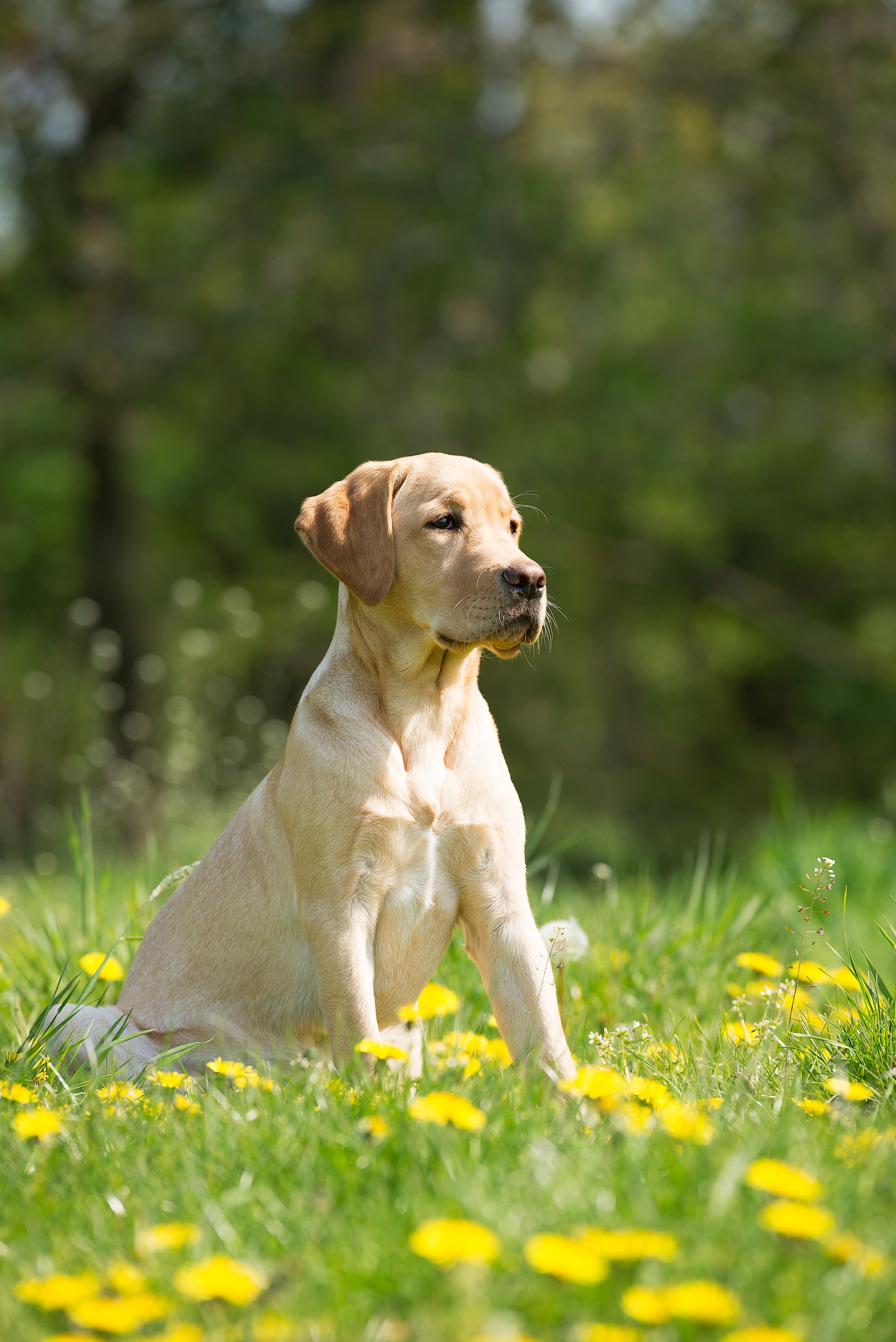How to Manage Your Dog's Seasonal Allergies
If you are anything like me, you are probably pretty miserable this time of year. Don’t get me wrong -- I enjoy the warmer weather and all the flowers in bloom. However, I am not a fan of Spring-time allergies. Unfortunately, my furry friend also suffers from seasonal allergies, which is pretty common for dogs.
Here are some tips if you think your pup may have allergies.
Know Common Allergens
Photo by Jamie Street on Unsplash
Our furry friends commonly have adverse reactions to tree pollen, grass pollen, weed pollen, dust mites, and mold spores.
Determine if Your Dog Has Seasonal Allergies
Photo by Caleb Fisher on Unsplash
Pups with allergies will exhibit symptoms. For instance, you may notice your dog aggressively licking or biting their paws. Your furry friend may also be constantly scratching and shaking their ears. If your dog's ears are red or waxy, it may also indicate they have issues with allergens. In addition, you may notice that your canine companion has problems with their skin and their respiratory system.
Regularly Clean Your Pup’s Belonging & Surroundings
Photo by Mia Anderson on Unsplash
One relatively easy way to decrease your pup’s exposure to common allergens is to regularly clean their surroundings. For instance, you should wash their plush toys and bedding every week. It is also a good idea to ditch carpets. However, if you are unable, you should vacuum every few days. Purchasing dehumidifiers also can help reduce the chance of getting mold in your home.
Seek Medical Help
Photo by Vincent van Zalinge on Unsplash
If you believe your furry friend suffers from allergies, contact their vet. During your appointment, the veterinarian will likely recommend antihistamine medications, steroid medications, allergen-specific immunotherapy, or hypoallergenic shampoo. While your vet will administer the medication, it's up to you to bathe your furry friend with the shampoo, which can be purchased at pet stores. Unfortunately, this task can be a little difficult if your pup despises bath time.




